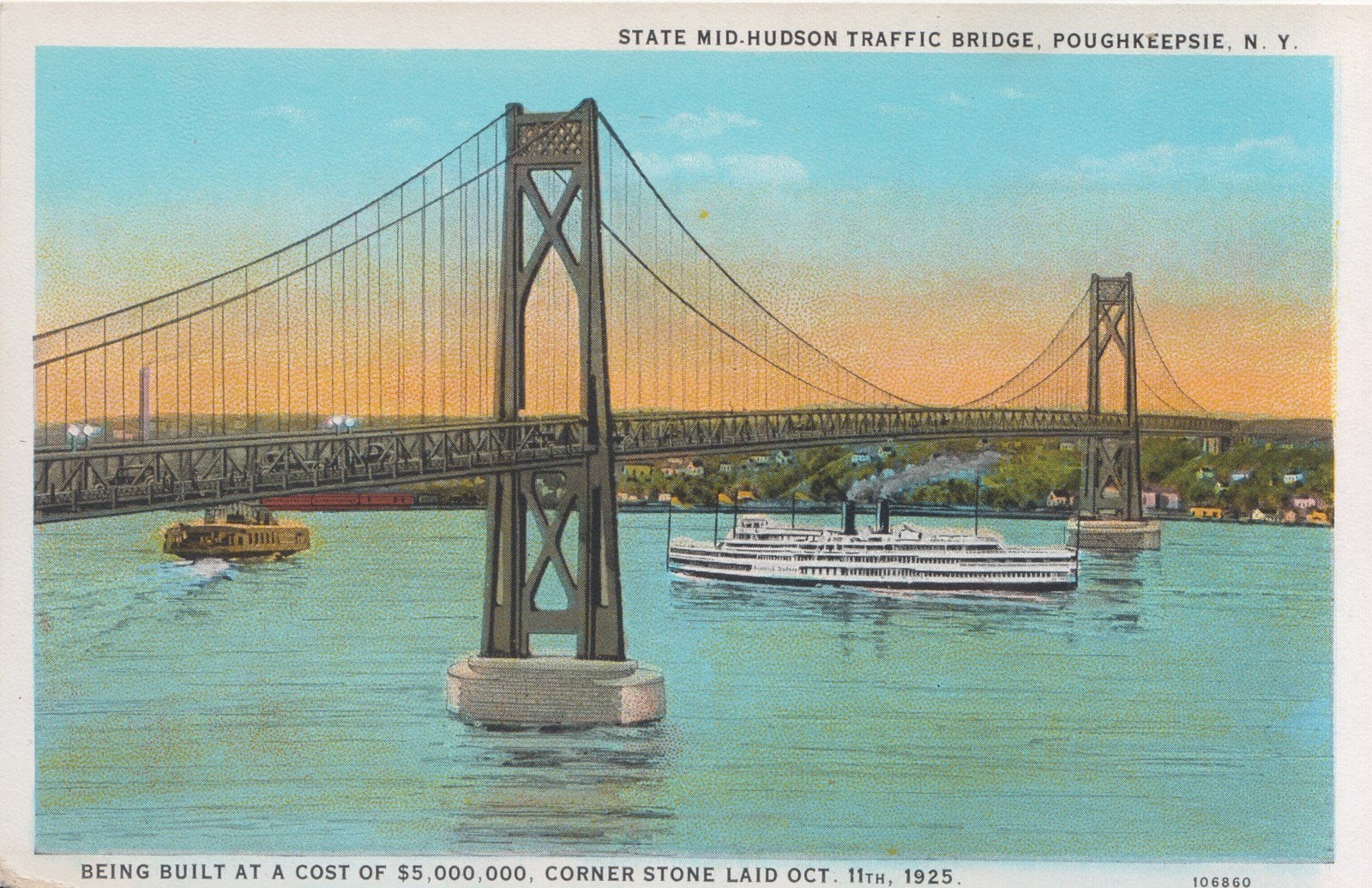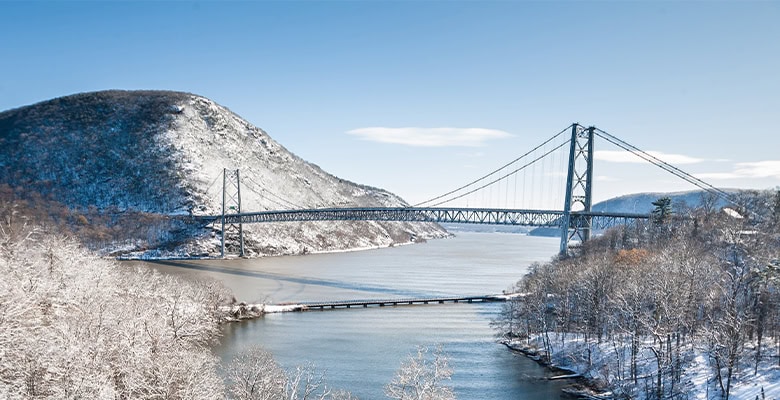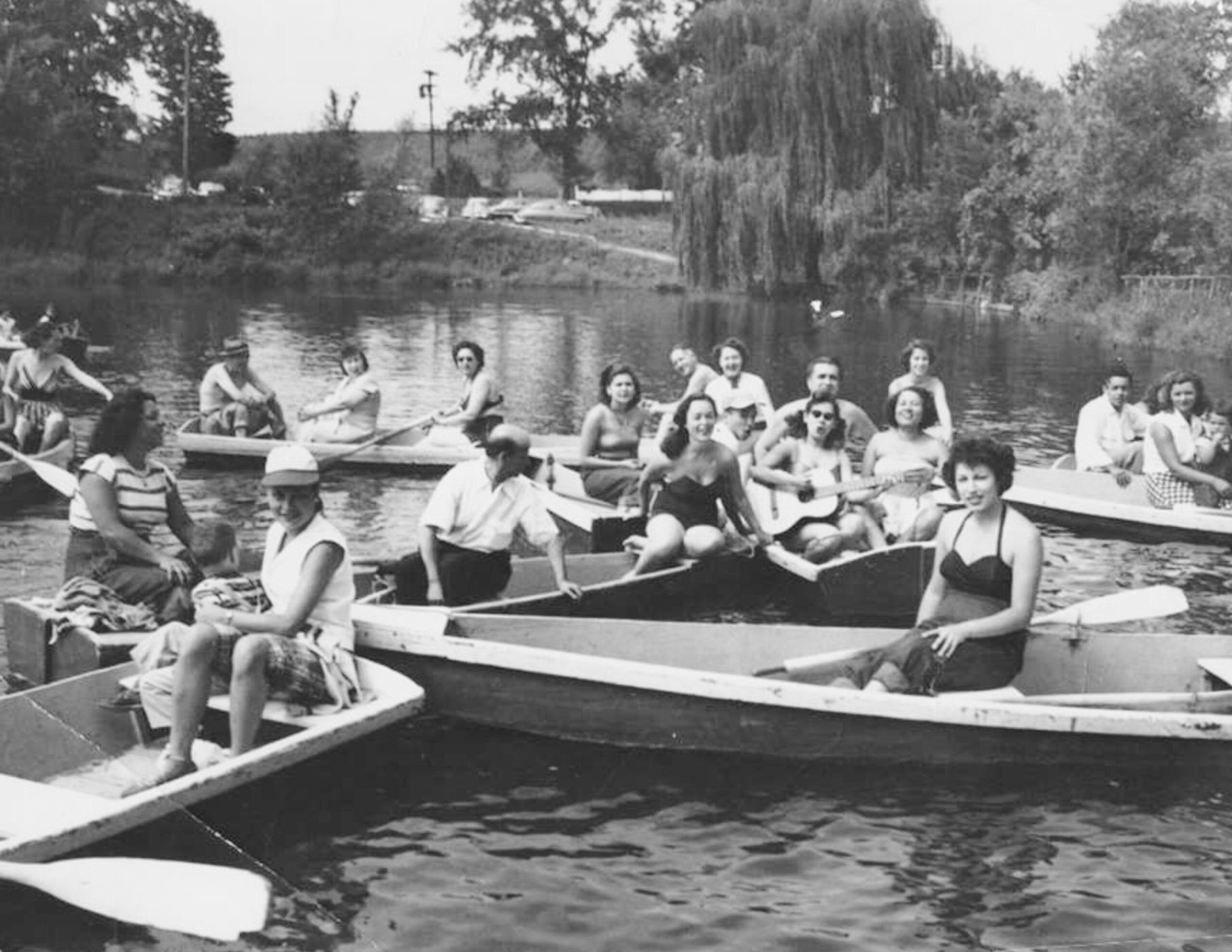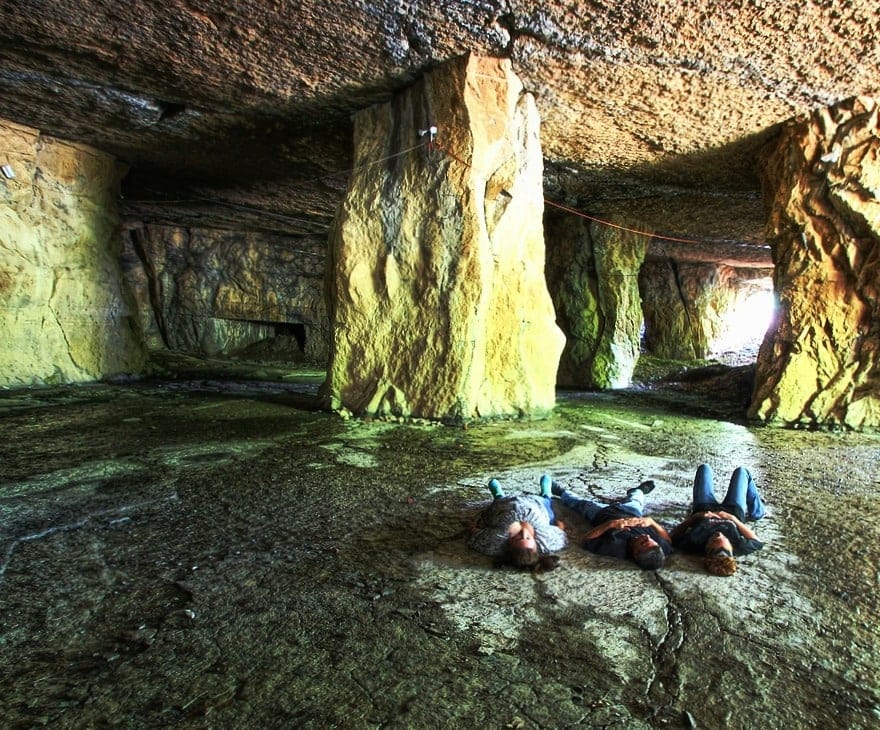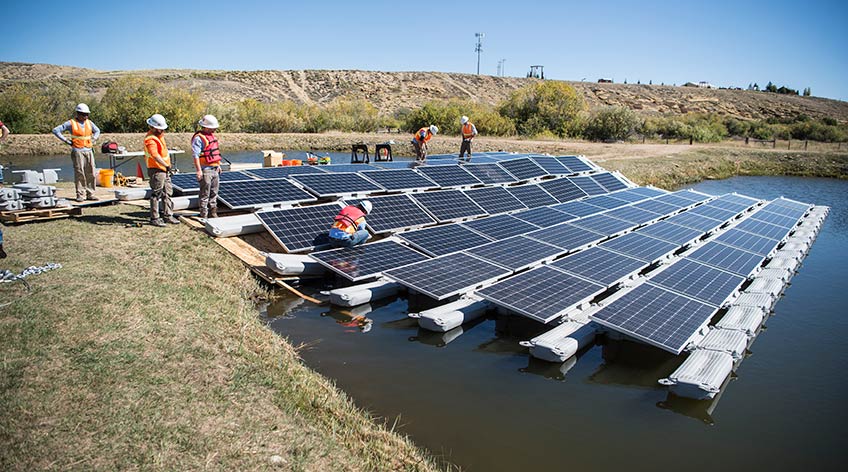This year marks the 75th anniversary of the establishment of the Hudson River National Defense Reserve Fleet — sometimes called the Mothball Fleet or the Ghost Fleet — which took up a big chunk of the estuary between Stony Point and Tomkins Cove from 1946-1971. At the fleet’s height in 1965, the U.S. Navy kept 189 military and merchant ships moored along this 3-mile stretch in rows of 10. It was such an impressive sight that pull-offs were constructed along Route 9W so motorists could stop and ogle.
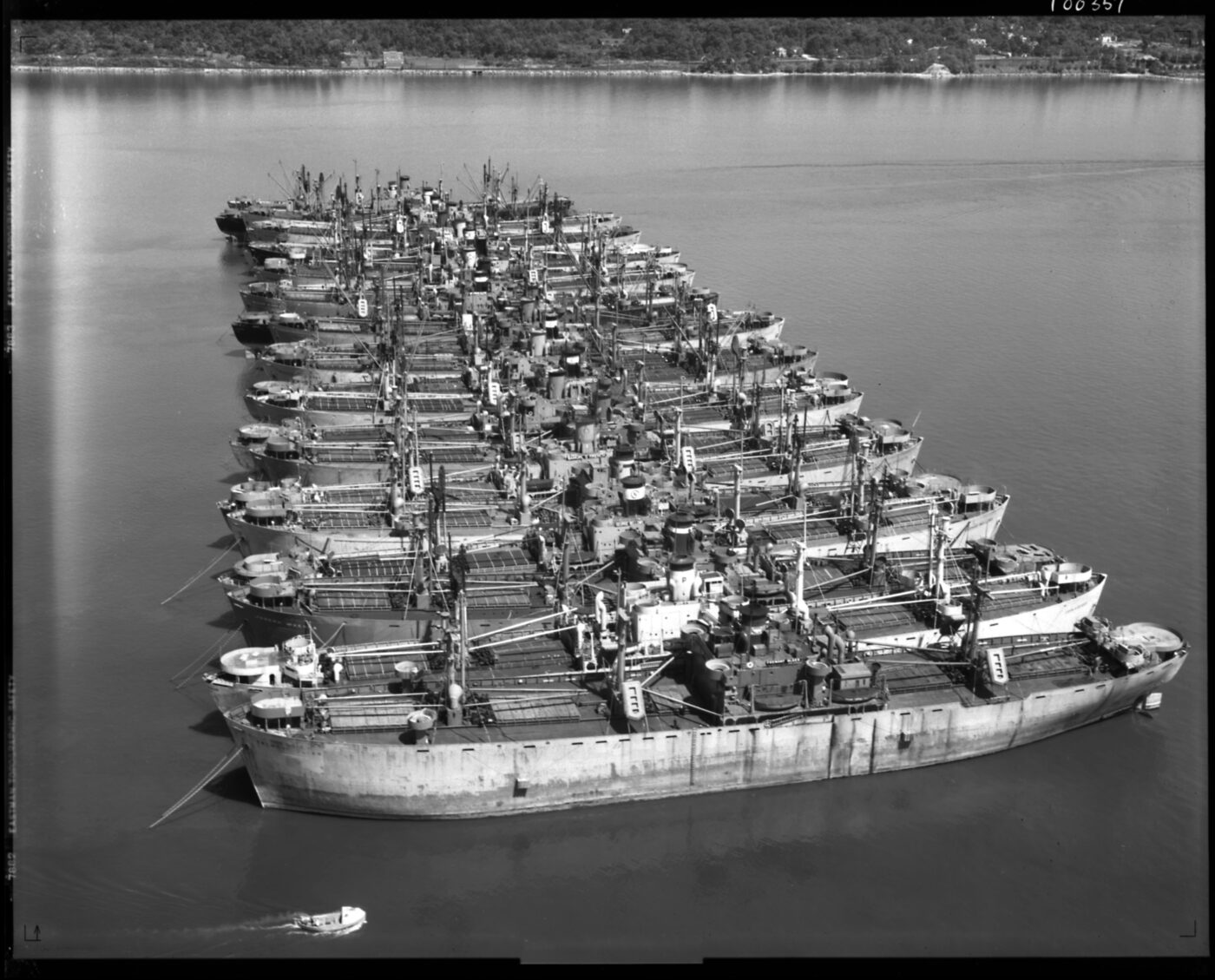
What was the point? In the words of the history writer behind the blog Abandoned Country, it was a “floating insurance policy.” With America’s growing involvement in World War II, a woeful lack of merchant vessels to transport supplies and soldiers to Europe became readily apparent. That need was met via the fast-track production of so-called “Liberty Ships.” At war’s end, Congress voted to stockpile these and other ships at 8 locations, including the Hudson River, to prevent future discrepancies in times of emergency.
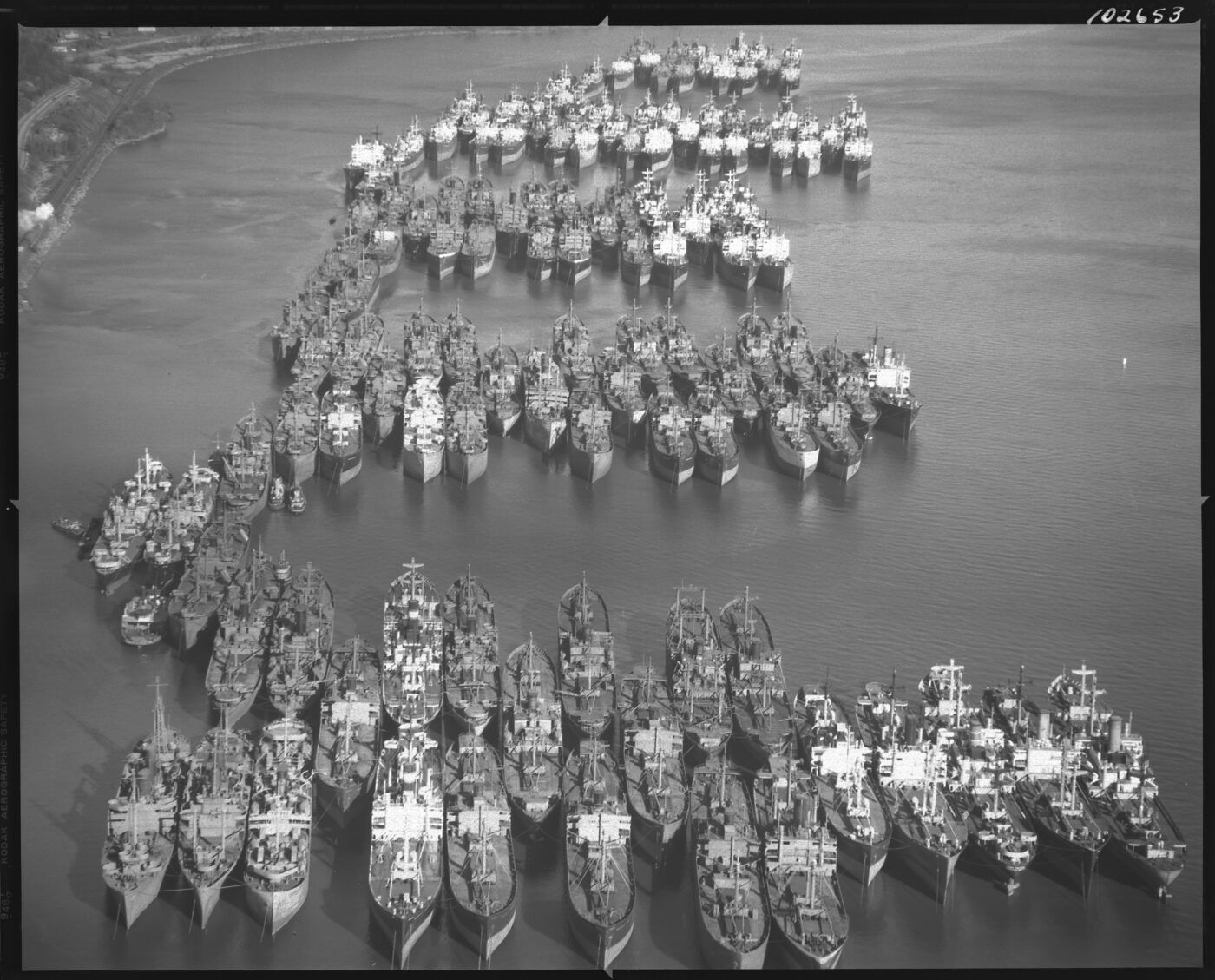
When the vessels first arrived in the Hudson, they briefly moored near Tarrytown before being moved to their permanent berth further up and across the river. When duty called, many headed back to sea. During the Korean War, 130 were pressed into service. The Suez Crisis in 1955-6 required the use of 3 dozen; 40 delivered supplies to troops throughout the Vietnam War. An 86-member crew ensured that those left behind remained shipshape — by sanding off rust, spraying their exteriors with a protective coat of oil and periodically firing up their engines. The crew also conducted regular patrols to warn off potential trespassers (like those who take a nighttime swim out to the vessels in T. Coraghessen Boyle’s novel World’s End).
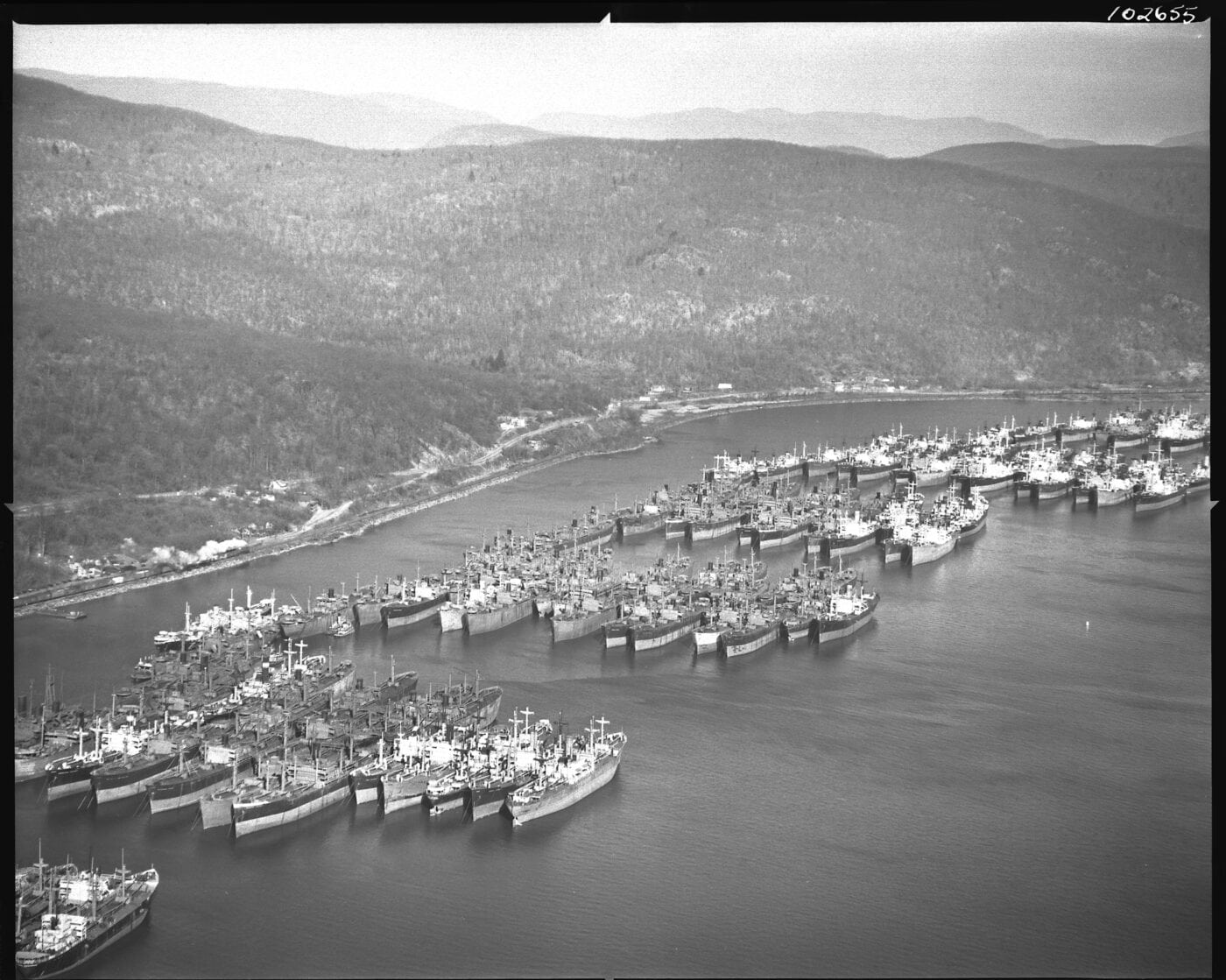
Between 1953 and 1963, some 70-90 of the ships were turned into floating granaries to house the U.S. government’s reserve supply of wheat. Outfitted with a special ventilation system to preserve the cargo, each ship could hold up to 255,000 bushels of grain. This adaptive reuse wound up saving Uncle Sam $5 million for conventional storage.
In August 1970, the government announced its plan to phase out the Ghost Fleet on the Hudson. Responding to its demise, Charles Gindroz, the man in charge of their upkeep, told the New York Times, “It’s pretty sad to see them all go.” Others obviously disagreed: A prime reason for the ships’ removal was to restore the river’s scenic beauty. (Another was to eliminate a major navigational obstruction.)
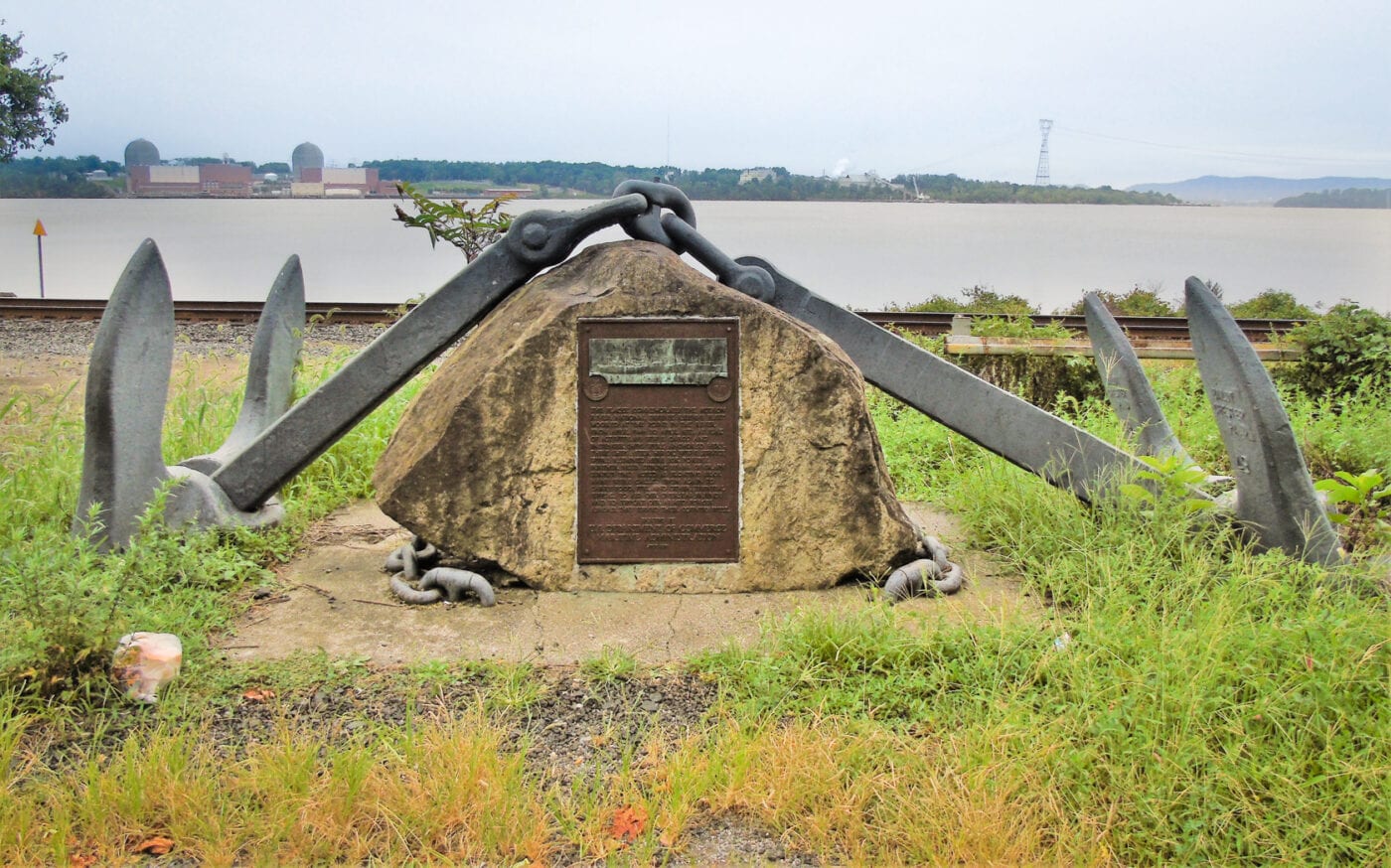
At the time of the announcement, only 76 ships remained. Between then and July 8, 1971, when the last 2 ships were towed away, they were auctioned off in batches. Buyers had to agree to scrap them. Since the top price for a ship was $41,000 and the metal sold for $45 a ton, winning bidders made a hefty profit on the 3,000-ton behemoths.
All that remains of the Ghost Fleet today are 2 anchors angled onto a boulder in Tomkins Cove. A plaque on the rock pays tribute to the spectacle once moored offshore. It ends with the words: “They served their country well.”



